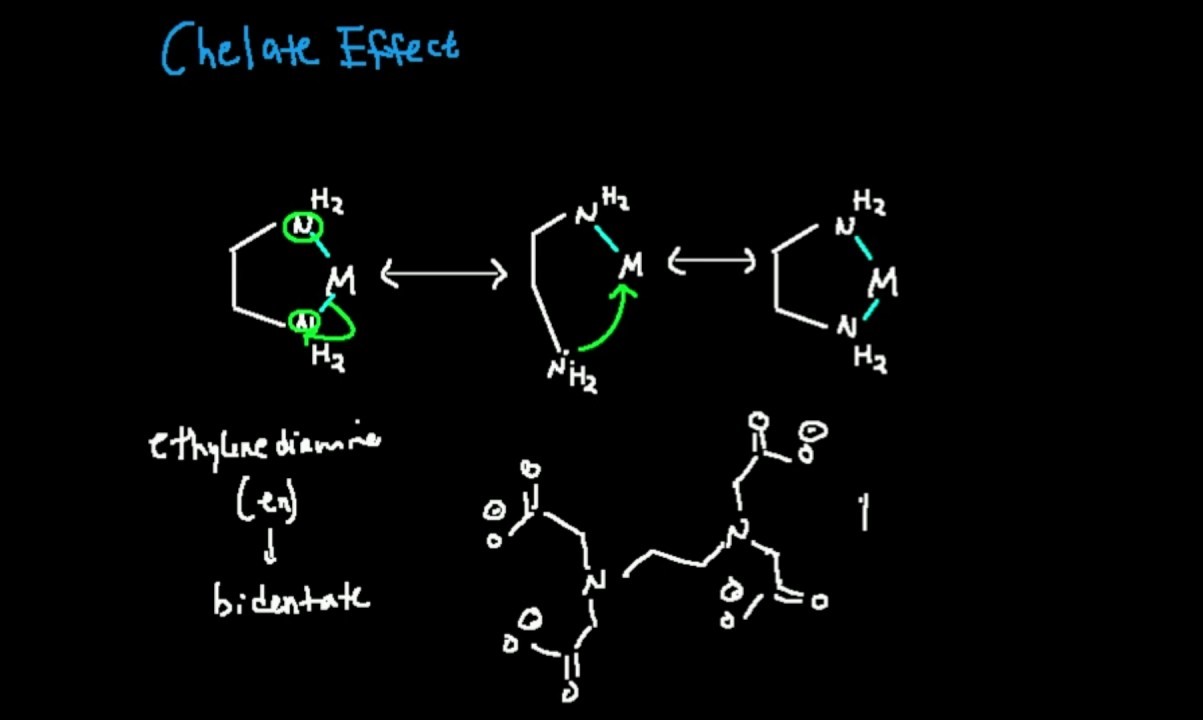
Chelated minerals are essential for maintaining good health, but what exactly are they? Chelation is a process where minerals bind to organic molecules, making them easier for the body to absorb. This can lead to better nutrient uptake and improved overall well-being. Imagine your body as a sponge; chelated minerals help it soak up nutrients more efficiently. These minerals play a crucial role in various bodily functions, from bone health to immune support. Understanding the benefits and sources of chelated minerals can help you make informed choices about your diet and supplements. Ready to dive into the world of chelated minerals? Let's get started!
What is Chelation?
Chelation is a chemical process where a substance binds to metals, making them easier to remove from the body. This process is often used in medicine and industry.
- Chelation therapy is used to treat heavy metal poisoning, such as lead or mercury poisoning.
- EDTA (Ethylenediaminetetraacetic acid) is a common chelating agent used in medical treatments.
- Chelation can also help manage conditions like Wilson's disease, where excess copper accumulates in the body.
- Chelating agents can be natural or synthetic. Natural chelators include substances like citric acid and amino acids.
- Chelation is not just for humans; it is also used in veterinary medicine to treat animals with heavy metal toxicity.
How Does Chelation Work?
Chelation works by binding to metal ions, forming a stable complex that can be excreted from the body. This process helps detoxify the body from harmful metals.
- Chelating agents have multiple binding sites that latch onto metal ions.
- The chelate complex formed is usually water-soluble, making it easier to excrete through urine.
- Chelation can be administered orally, intravenously, or through other routes depending on the treatment required.
- Chelation therapy sessions can last several hours and may require multiple treatments for effectiveness.
- Chelation is not a one-size-fits-all treatment; the type of chelating agent used depends on the specific metal being targeted.
Benefits of Chelation
Chelation offers several benefits, particularly in removing toxic metals from the body. It can also have other health advantages.
- Chelation therapy can improve cardiovascular health by removing calcium deposits from arteries.
- Some studies suggest chelation may help with conditions like Alzheimer's disease by removing excess metals from the brain.
- Chelation can enhance kidney function by reducing the burden of heavy metals.
- It is also used in agriculture to improve soil quality by removing toxic metals.
- Chelation can improve nutrient absorption in plants by binding to essential minerals and making them more available.
Risks and Side Effects
While chelation has its benefits, it also comes with risks and potential side effects. It's important to be aware of these before undergoing treatment.
- Common side effects include nausea, vomiting, and diarrhea.
- Chelation can also cause a drop in essential minerals like calcium and magnesium, leading to deficiencies.
- In rare cases, chelation can cause kidney damage or allergic reactions.
- Chelation therapy is not recommended for everyone; it should be avoided by pregnant women and people with certain health conditions.
- Always consult a healthcare provider before starting chelation therapy to ensure it's safe and appropriate for your situation.
Chelation in Everyday Life
Chelation isn't just a medical treatment; it has applications in everyday life and various industries.
- Chelating agents are used in household cleaning products to remove metal stains.
- In the food industry, chelating agents help preserve the color and texture of processed foods.
- Chelation is used in water treatment to remove heavy metals and improve water quality.
- In cosmetics, chelating agents help stabilize products and improve their effectiveness.
- Chelation is also used in photography to remove metal ions from photographic solutions.
Future of Chelation
The future of chelation looks promising, with ongoing research exploring new applications and improving existing treatments.
- Researchers are developing new chelating agents that are more effective and have fewer side effects.
- Chelation is being studied for its potential in treating other conditions, such as cancer and autoimmune diseases.
The Final Word on Chelated Minerals
Chelated minerals play a crucial role in maintaining overall health. They’re easier for the body to absorb, making them more effective than non-chelated forms. These minerals support various bodily functions, from boosting the immune system to improving bone health. Including chelated minerals in your diet can lead to better nutrient absorption and fewer digestive issues.
When choosing supplements, look for labels that mention chelated minerals. This ensures you’re getting a product that’s more bioavailable. Always consult with a healthcare professional before starting any new supplement regimen to ensure it’s right for you.
Understanding the benefits of chelated minerals can help you make informed decisions about your health. By incorporating these into your diet, you’re taking a step towards better wellness. So, next time you’re shopping for supplements, remember the importance of chelated minerals.
Was this page helpful?
Our commitment to delivering trustworthy and engaging content is at the heart of what we do. Each fact on our site is contributed by real users like you, bringing a wealth of diverse insights and information. To ensure the highest standards of accuracy and reliability, our dedicated editors meticulously review each submission. This process guarantees that the facts we share are not only fascinating but also credible. Trust in our commitment to quality and authenticity as you explore and learn with us.


